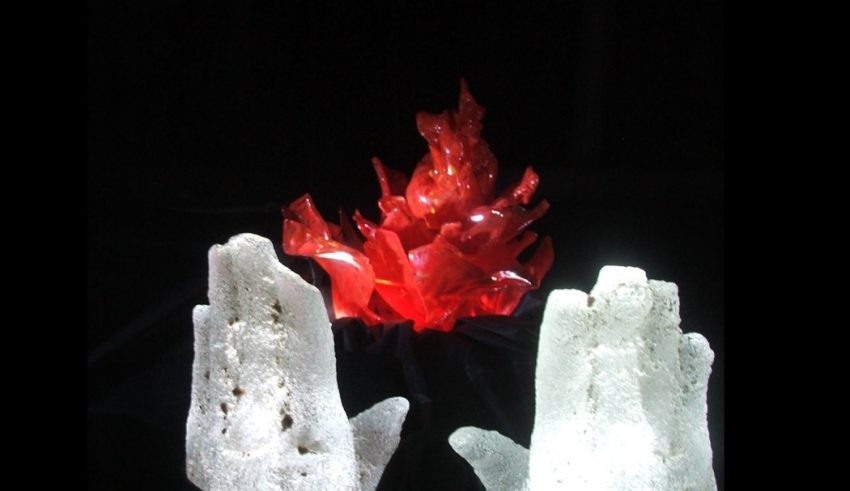
Sustaining the Fire
The start-up log has begun to burn out. Other logs are now catching fire and seem almost to be on their own. It is at this point that we (as tenders of the fire) have a “critical” decision to make. When do we start adding other logs to the fire? If the original logs are not yet sufficiently “independent” of the startup log then new logs are likely (“tend”) to smother the fire and remain unburnable. On the other hand, if new logs are not added, the fire might burn out quickly with the startup log accelerating the consumption of all logs—not just itself. In other words, when does our fire become “self-sufficient”?
This is analogous to a major question that should be posed during the early life of a program or organization. The initial startup money, energy and excitement can no longer keep things moving forward. We can rely on people to continue working with little pay nor can we ask our friends and family members (or local bank) to lend us some more money. We must now put in place some solid and realistic plans and commitments. The program or organization must, like the fire, become “self-sufficient.” Our aspirational stance must at least temporarily be replaced by some realism. We can’t keep adding “artificial” logs or rely on “artificial” dreams.
We have much to learn about the Sustainability Curve at this point. Because of unrealistically high expectations and the often-distracting learning that accompanies most new ventures, the energy and productivity of a person or organization will eventually drop off. The startup log is burning down. Accompanying this reduction is a drop off in morale. The “new day” has not yet come; in fact, the “old days” are looking better all the time. At least there were fewer problems in the old days that were so unpredictable and difficult to solve. Maybe we should have stayed with the gas-log fire that we could turn on and turn off. We didn’t need to decide when to add new logs. This drop-off in morale often further exacerbates production problems, which in turn further lower the morale. A vicious cycle has been started which can leave an individual or organization in a rather long-term depressed state.
Sometimes when a new program or organization is begun, there is a short-term boost in productivity and morale. This is the so-called Hawthorne Effect. While the actual Hawthorne Studies involved the investigation of many different aspects of worker motivation and performance, they are best known for an early finding that workers will try harder because they are involved in an experimental program or, more basically, because they have been singled out for special attention of some type. This short-term boost has commonly been labeled the Hawthorne Effect. People try harder because they are involved in a new venture—particularly if they have some psychological or financial stake in the outcome of this venture. If the decision to initiate the new program or establish the new organization was difficult to make, then people will also attempt, for a short period of time, to work toward its success. They will at least ignore its initial failings, in order to reduce the cognitive dissonance associated with this difficult decision (if this was the wrong decision to make, then we might not be as smart as we thought we were!).








